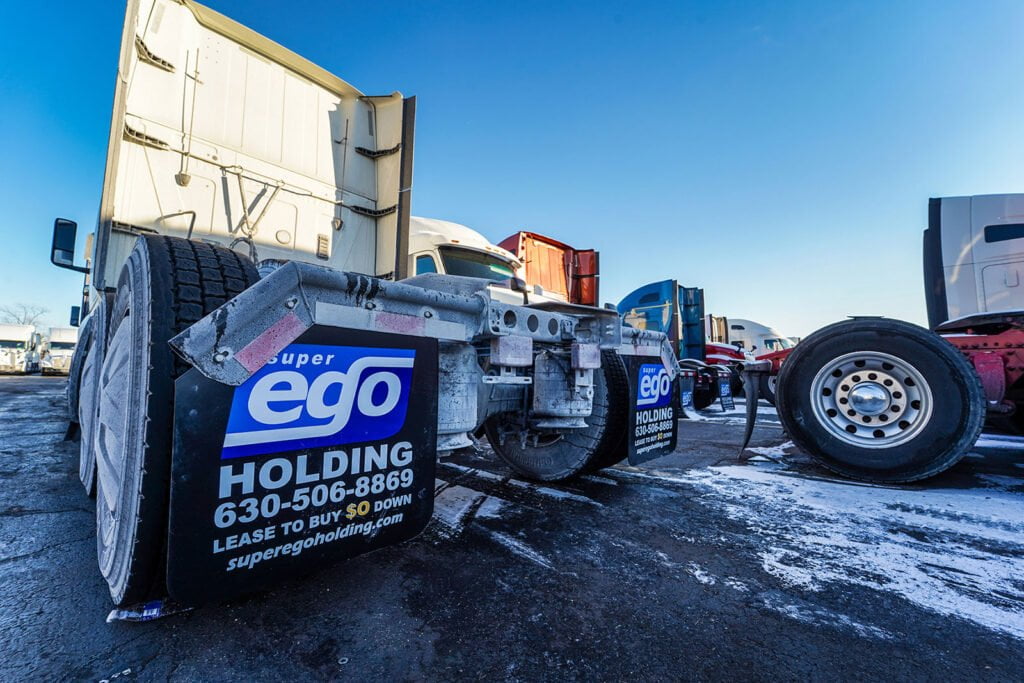
Understanding Spot Market Rates IS THE Key!
Understanding the basic principles of supply and demand is key when working in the trucking industry. The spot market rates vary based on supply and demand. There are some key principles when determining which lanes are the most profitable AND WE’LL TEACH THEM ALL TO YOU.
What is a spot rate?
A spot rate is a one-time fee that a shipper pays a broker or carrier to move a load at current freight market rates. Spot rates are short-term and reflect the supply and demand method at that given moment.
Supply and Demand
Supply and demand are the driving forces in logistics. It’s important to understand them since they affect you as an owner-operator.
Demand – is how much of a product or service is wanted by buyers.
Supply – is how much of a product or service the market can offer to the buyers.
The price of a product or a service is the result of supply and demand – if something is sought after, it’s more expensive but if it’s not, it won’t be paid well.
How do supply and demand affect the trucking industry?
An example would be: you’re in Indiana with two other truckers, and a few businesses have five loads each that need to be shipped to Oregon. There is an excess of loads (demand) with a limited number of trucks (supply), thus the price of a load will increase.
On the other hand, there are 12 trucks with only four loads. In this case, the supply of trucks is high, and the demand is low for loads that need to be shipped. The price is low because more trucks are willing to take the limited number of loads. Drivers will accept a lower rate or be willing to underbid to remain profitable.
Supply and demand in the trucking industry are often driven by the densest and most populated areas where people need goods shipped to them, and by areas that are dense with manufacturing and products needing to be shipped.
The market areas vary across the country, and if you, as an owner-operator want to capitalize, you must understand how supply and demand directly affect you! The market is the one that decides the rate of the load, and you have to understand and follow it!
Headhaul and Backhaul
What is the difference between a Headhaul and a Backhaul?
Headhaul – a shipment that is transported on a one-way basis.
Backhaul – a shipment of goods returned to any desired point because of the headhaul.
The objective when leaving a headhaul area with a load is to keep the backhaul in mind; the headhaul should be profitable enough to absorb the low rate of the backhaul. The headhaul should always be more profitable than the backhaul! The overall objective is to keep your truck moving and as profitable as possible. You also want to avoid layovers where you will lose money because freight is not being transported. It’s not always about the highest-paying one-way load; it is about achieving the highest average of overall loads.
Most backhaul areas throughout the country pay a better rate heading into these areas. They are very tempting for your overall weekly gross but keep in mind that the return loads in this area are very few, and you must take a load just to keep moving to a better area. It would be best if you took whatever load is possible in areas such as Utah, Wyoming, Colorado, Massachusetts, Maine, and North Dakota to get you to a more favorable area.
In conclusion, it is key to understand that supply and demand directly affect spot market rates. To maximize your bottom line, you must focus on the averages of both the headhaul and backhaul.